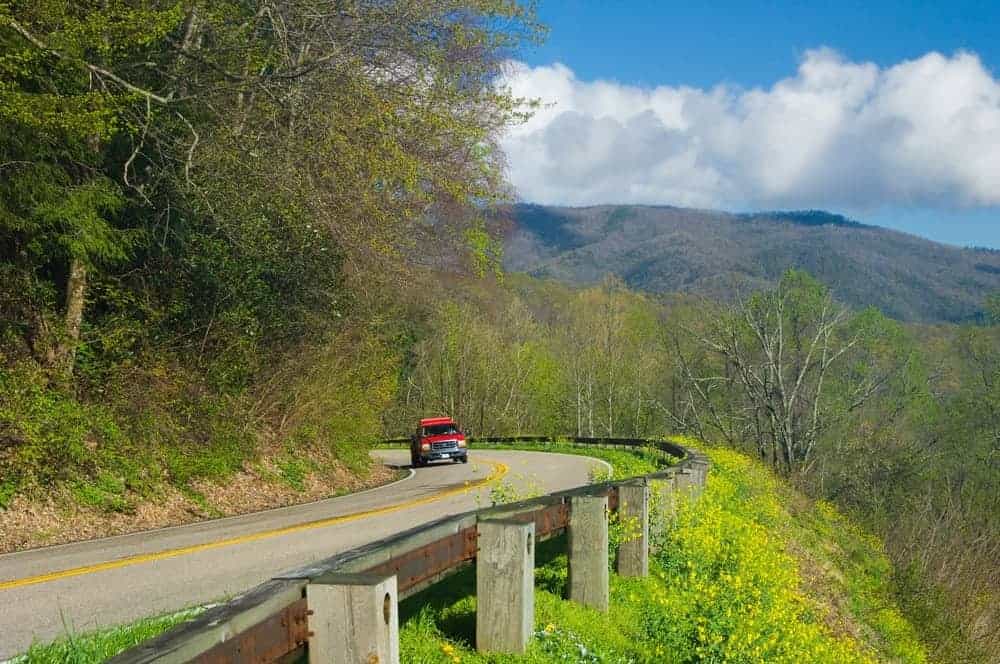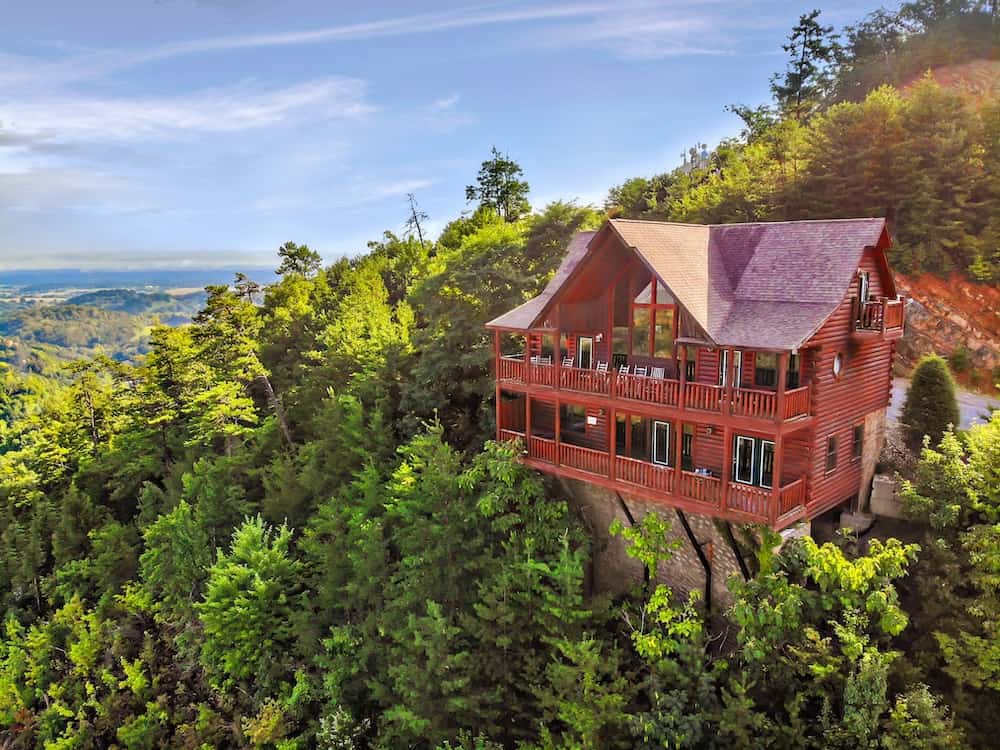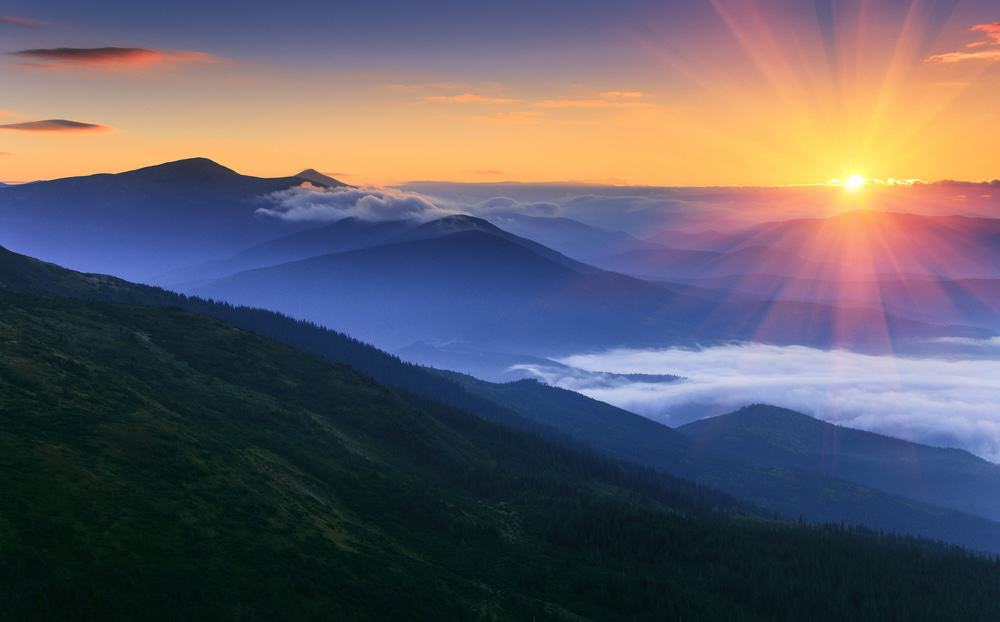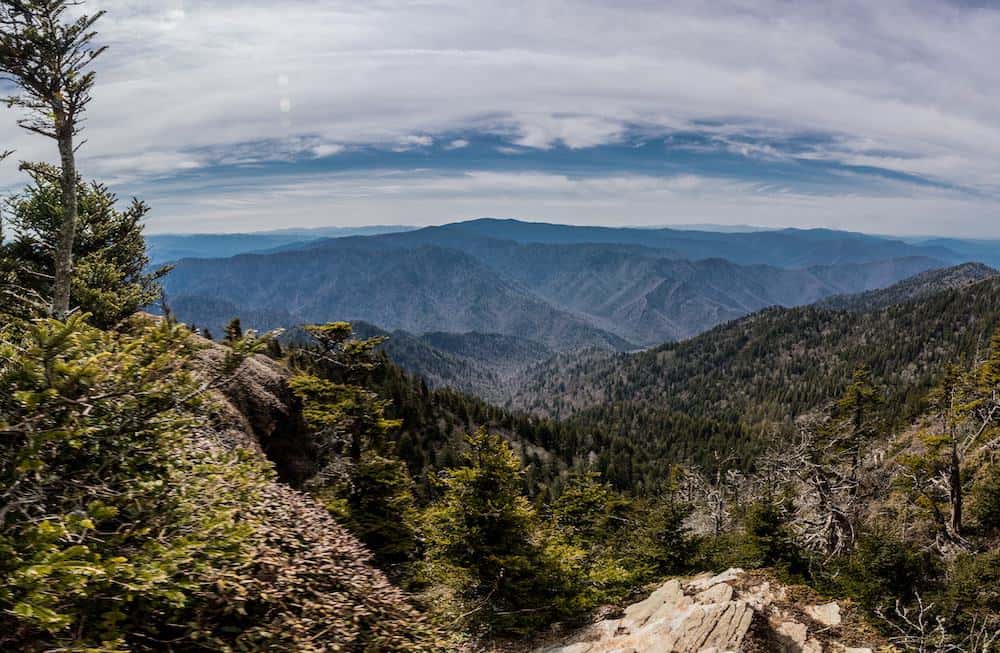What Everyone Ought to Know About the Great Smoky Mountains National Park
October 21, 2013
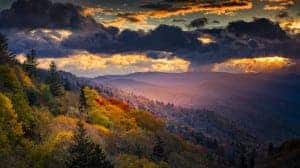
- Did you know over the past 15 years, nearly 18,000 new species have been discovered in the Smoky Mountains? Scientists still estimate that there could be nearly 80,000 undiscovered species living within the Great Smoky Mountains National Park.
- How old are the Smokies? According to the National Park Service website, the Smoky Mountains were formed approximately 200-300 million years ago. It has been nearly one million years since the Smoky Mountains have been interrupted by nature with glaciers or flooding. Over time, animals have made their way to the Smokies evolving the Smoky Mountains into one of the most diverse national parks.
- Do you know the Great Smoky Mountains National Park is made up of multiple forests? To be exact, five forest types make up the diverse national park. Within those five forests, visitors will find over 100 species of native trees. Below, you can find a guide to each of the five forests in the national park.
Guide to the Five Forests of the Great Smoky Mountains National Park:
Spruce Fir Forest
- The spruce fir forest can be found at the highest elevation of the park. Areas higher than 4,500 feet above sea level will support the elements that this forest needs to thrive. Many birds and plants require the spruce fir forest to survive in the national park. This explains why certain species can be found at different elevations throughout the park.
Northern Hardwood Forest
- Anywhere from 4,500-6,000 feet, visitors can find the Northern hardwood forest. It is known for supporting sugar maple, American beech and yellow birch trees. When you’re looking for beautiful fall colors, the Northern hardwood forest showcases the most colorful array of leaves.
Cove Hardwood Forest
- This forest is found below 4,500 feet, in areas with the richest soil. The Cove hardwood forest features some of the largest trees, like the tulip tree and Eastern hemlock.
Hemlock Forest
- When you are hiking and wandering along streams around 4,000 feet, you are likely wandering in the hemlock forest. This forest area is known for having extremely moist soil because the water temperatures stay fairly cold throughout the year, which causes a damp air.
Pine and Oak Forest
- On the western side of the national park, pine and oak forests can be found in the dry areas, typically on exposed slopes. This forest type includes the scarlet oak, chestnut oak and Virginia pine trees.
Planning to spend some time in the Great Smoky Mountains National Park? Visit My Smokies recommends vacationers take a look at their Smoky Mountains page to find everything they need to know before visiting the national park!


